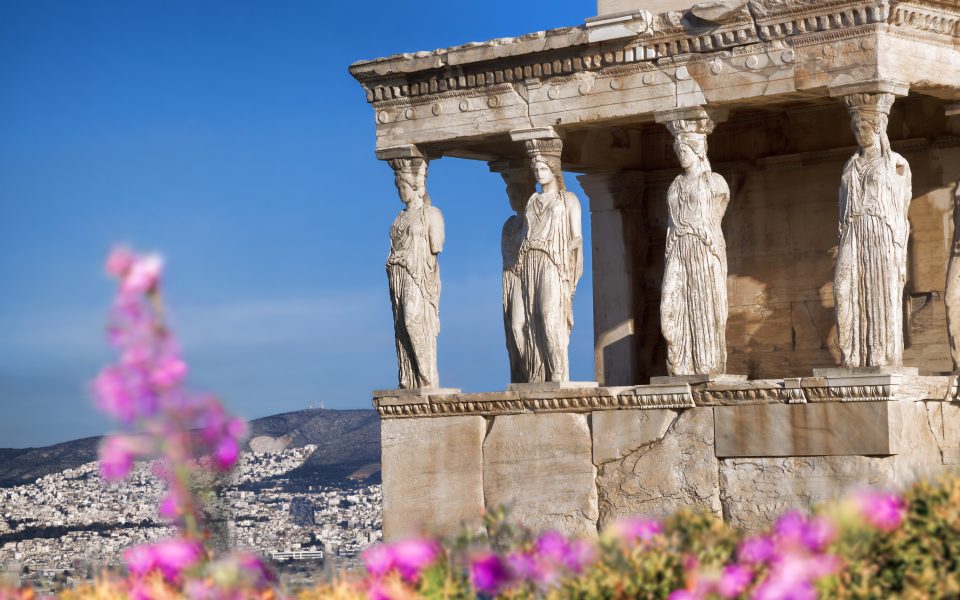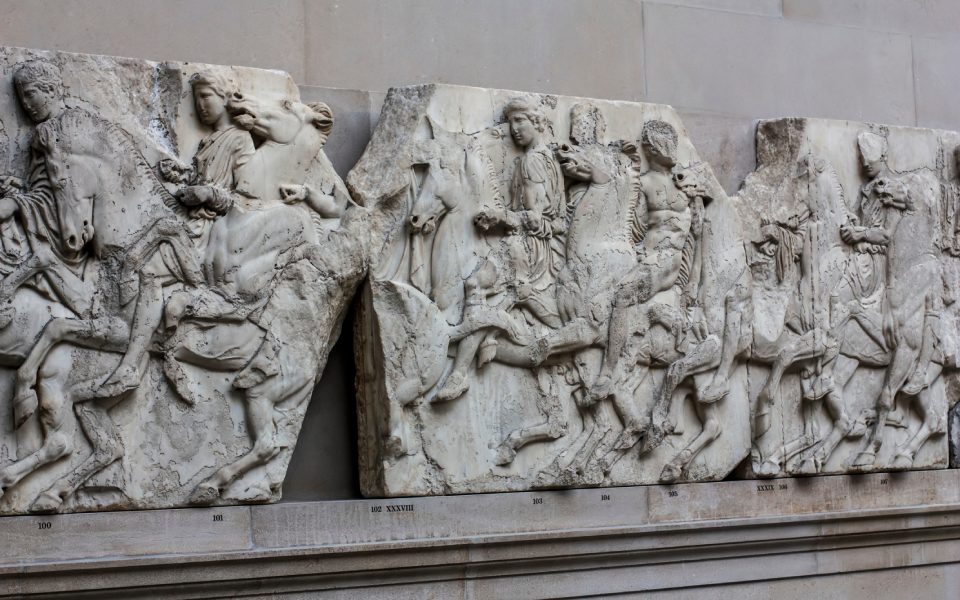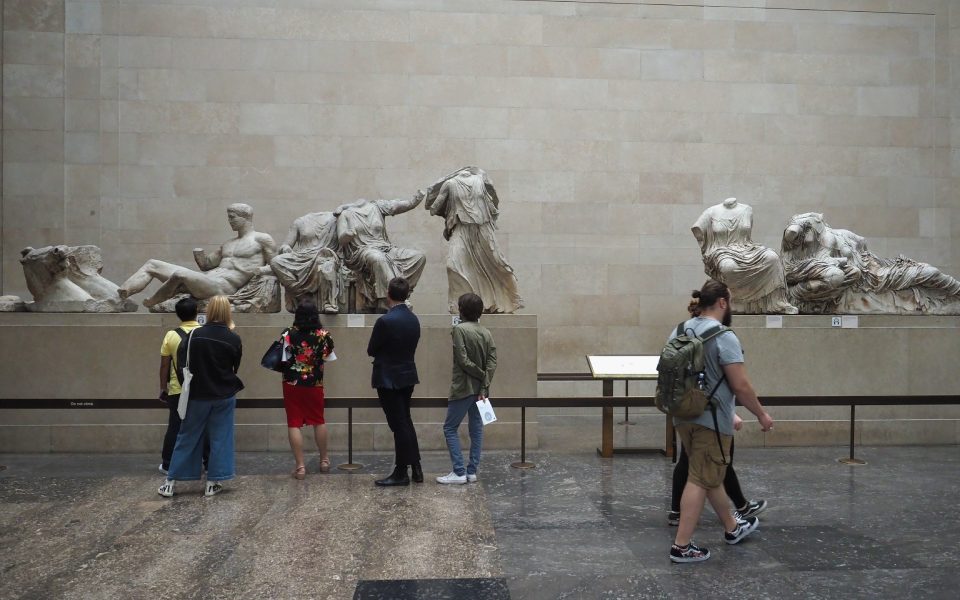Discovering Archaeology in the Athens Metro
Beneath the busy streets of modern...

The Caryatid porch of the Erechtheion in Athens. These are now replicas. The originals are in the Acropolis Museum (with one in the British Museum).
© Shutterstock
The Cardozo School of Law in New York recently issued a press release summarizing research by the prominent legal scholar Professor David Rudenstine. The research provides proof that: “There is no evidence that establishes that Ottoman officials gave Elgin prior or subsequent written permission to remove the Parthenon Sculptures from the edifice.” A further document, which was used by the Parliament of the United Kingdom at the time to support the purchase, is now known to have been altered.
This observation comes as no surprise. Many scholarly articles have noted that there was never a firman, or royal mandate, issued by the Sultan, as the British Museum argues. What exists is a simple letter signed by Seyyid Abdullah Pasha, who was a deputy vizier, addressed to the Ottoman judge and the military commander of Athens, requesting them to facilitate Lord Elgin’s access to the Acropolis. The original, however, is missing.
The British historian William St. Clair had in his possession a contemporary Italian translation, which is now held by the British Museum. The translation does not bear a signature or a stamp of office. In addition, it appears to differ in places from the English translation which Hunt, Elgin’s collaborator, brought before the British Parliament when the matter was discussed in 1816, purporting it to be a translation of the original.
These facts suggest that the letter was not a royal mandate, meaning that there was no official permission to remove the sculptures from the Parthenon. The differences between the Italian and English translations also lead the author to question the content of the original letter.

Part of the Parthenon frieze on display in the purpose-built Duveen Gallery at the British Museum.
© Shutterstock
At a key point in the Italian translation of the letter that was used to support the argument that Lord Elgin had official permission, it mentions that Lord Elgin could make copies of the sculptures and take some fragments of stone (“qualche pezzi di pietra”). There would, of course, be no need to make copies of the sculptures if one were able to remove the originals.
The mores of the time would not have allowed the destruction or vandalism of such a monument, even with the Sultan’s permission. It seems clear that Lord Elgin was never given official permission to remove the Parthenon Sculptures. By extension, the British Parliament that approved the purchase of the sculptures had no legal right to transfer their ownership to the British Museum, where they are today.
This is the stance which best reflects both logic and justice. In practice, however, the Parthenon Sculptures are being held by the United Kingdom which, since 1983, when their return was first requested through UNESCO, has not made the slightest goodwill gesture towards Athens. This is not due to poor political handling on the part of Greece, as some might argue. The Greek position has been unified, consistent and independent of the government in power, even if the Greek arguments for the return of the sculptures have evolved over time.
The British Museum claims to represent a cosmopolitan spirit, which it sees as a continuation of its imperial past. At the same time, it retains cultural treasures, many of which have been collected under controversial circumstances, including under imperial conquest, war and political pressure. The issue of the Parthenon Sculptures goes to the core of the British narrative.

Statuary from the East Pediment, now housed in the British Museum.
© Shutterstock
In recent years, the British Museum (along with 17 other museums with a similar history) have relied on the quasi-scientific concept of the “world museum,” which claims that institutions can narrate world history through samples of different cultures and civilizations, allowing visitors to make comparisons and draw conclusions. This is a concept whose origins date back only as far as 2002.
Today, we can point to one unarguable fact: the British have possession of the Parthenon Sculptures, which they have designated as their own national cultural heritage. Greece, however, does have three significant diplomatic advantages:
1. The issue of the Parthenon Sculptures has become the best-known instance of cultural heritage dispute; it has been the subject of innumerable scholarly and popular publications, and commands a great deal of attention within the discipline.
2. The UNESCO ICRPRCP Committee is approaching the dispute as one between states rather than between museums, an approach promoted by the British in order to downgrade Greece’s claim.
3. Greece has succeeded in ensuring the issue will stay on the UNESCO agenda until it is resolved.
It is a shame that a country as powerful as the United Kingdom cannot recognize, after so many years, that the resolution of cultural disputes promotes dialogue, cooperation and humanism.
*Dr. Irini Stamatoudi is Professor of Intellectual Property and Cultural Heritage at the University of Nicosia Law School. She has served for a number of years on advisory and negotiating committees of the Greek Ministry of Culture for the return of the Parthenon Sculptures.
Beneath the busy streets of modern...
From olive presses and traditional costumes...
Lost to earthquakes, swallowed by the...
Explore Ancient Messene, enjoy the local...